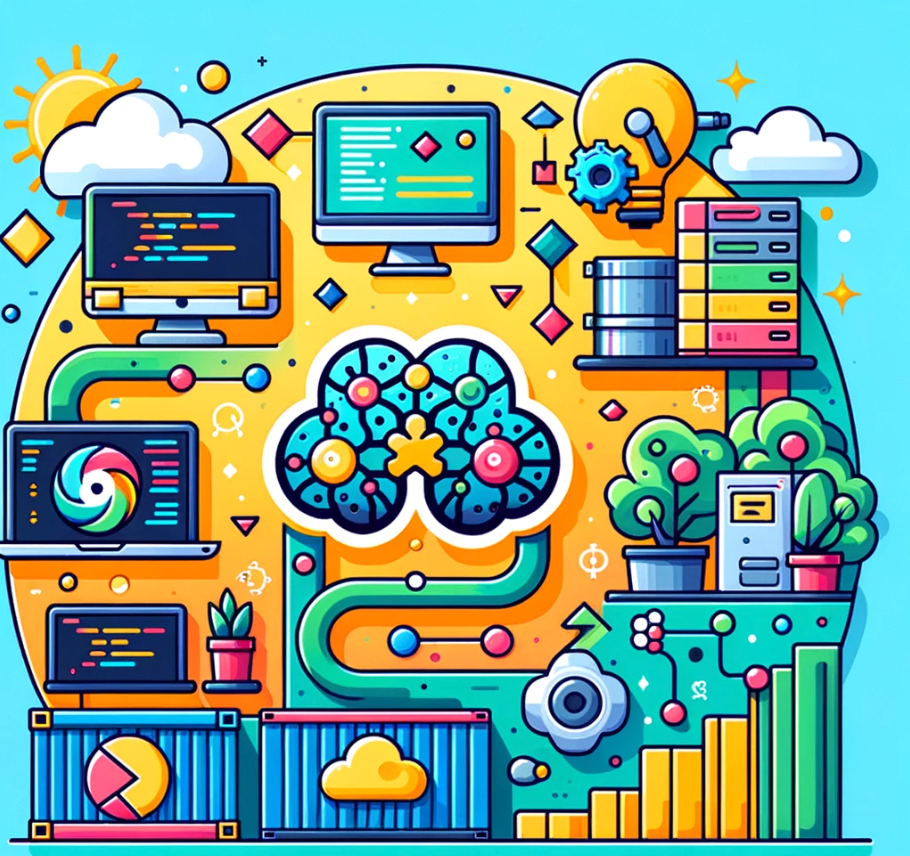Transforming Static Data into Dynamic Insights: Building a Real-Time Data Streaming App with Python and Apache Kafka
- HSIYUN WEI

- Mar 17, 2024
- 2 min read
I. Table Of Contents
Introduction
Setting Up the Environment
Fetching Data from YouTube API
Processing and Summarizing Video Data
Streaming Data to Apache Kafka
Detecting Updates and Notifying via Telegram
Conclusion
II. Introduction
In the digital age, real-time data processing has become crucial for keeping up with the fast-paced changes occurring across various platforms. In this project, we embark on an exciting journey to transform static data into dynamic insights. We will develop a reactive data streaming application using Python and Apache Kafka, focusing on capturing live notifications from YouTube, a platform that doesn't support this functionality natively.
III. Setting Up the Environment
Before diving into the code, it's essential to set up our environment. This includes installing necessary libraries such as requests for API calls, confluent_kafka for interacting with Kafka, and configuring our project settings.
pythonCopy codeimport logging import sys import requests import json import pprint from confluent_kafka import SerializingProducer from confluent_kafka.serialization import StringSerializer from confluent_kafka.schema_registry.avro import AvroSerializer from confluent_kafka.schema_registry import SchemaRegistryClient from config import config
The config dictionary contains sensitive information like API keys and Kafka configuration settings, ensuring secure and efficient communication with external services.
IV. Fetching Data from YouTube API
To receive updates, we start by fetching data from the YouTube API. The function fetch_playlist_items_page makes a GET request to YouTube's playlistItems endpoint, retrieving videos from a specified playlist.
pythonCopy codedef fetch_playlist_items_page(google_api_key, youtube_playlist_id, page_token=None): response = requests.get("https://www.googleapis.com/youtube/v3/playlistItems", params={"key": google_api_key, "playlistId": youtube_playlist_id, "part": "contentDetails", "page_token": page_token}) payload = json.loads(response.text) logging.debug("Got %s", payload) return payload
V. Processing and Summarizing Video Data
After fetching the data, we process and summarize it to extract meaningful information such as video ID, title, views, likes, and comments. This is done through the summarize_video function, which structures the data into a more accessible format.
pythonCopy codedef summarize_video(video): return { "video_id": video["id"], "title": video["snippet"]["title"], "views": int(video["statistics"].get("viewCount", 0)), "likes": int(video["statistics"].get("likeCount", 0)), "comments": int(video["statistics"].get("commentCount", 0)), }
VI. Streaming Data to Apache Kafka
With our data processed, we stream it into a Kafka topic using the SerializingProducer object. The producer is configured to serialize our data using Avro, ensuring it's efficiently encoded for transport and storage.
pythonCopy codeproducer = SerializingProducer(kafka_config) for video_item in fetch_playlist_items(google_api_key, youtube_playlist_id): video_id = video_item["contentDetails"]["videoId"] for video in fetch_videos(google_api_key, video_id): logging.info("GOT %s", pprint.pformat(summarize_video(video))) producer.produce(topic="youtube_videos", key=video_id, value=summarize_video(video), on_delivery=on_delivery) producer.flush()
VII. Detecting Updates and Notifying via Telegram
Our application continuously monitors for new data and significant changes. When an update is detected, it triggers a custom live notification through Telegram, informing subscribers in real-time.
VIII. Conclusion
This project illustrates the power of integrating Python with Apache Kafka to handle real-time data streaming. By leveraging APIs and Kafka's robust streaming capabilities, we've developed an application that turns static data from YouTube into actionable insights, showcasing the potential of real-time data processing in modern applications.
Enhancements and Next Steps
Future enhancements could include integrating more data sources, refining the detection algorithms for significant updates, and expanding the notification system to support multiple platforms.
Through this detailed walkthrough, we hope you've gained insights into building real-time data streaming applications. This project not only demonstrates technical proficiency but also highlights the importance of real-time data in today's fast-paced digital landscape. Happy coding!





Comments